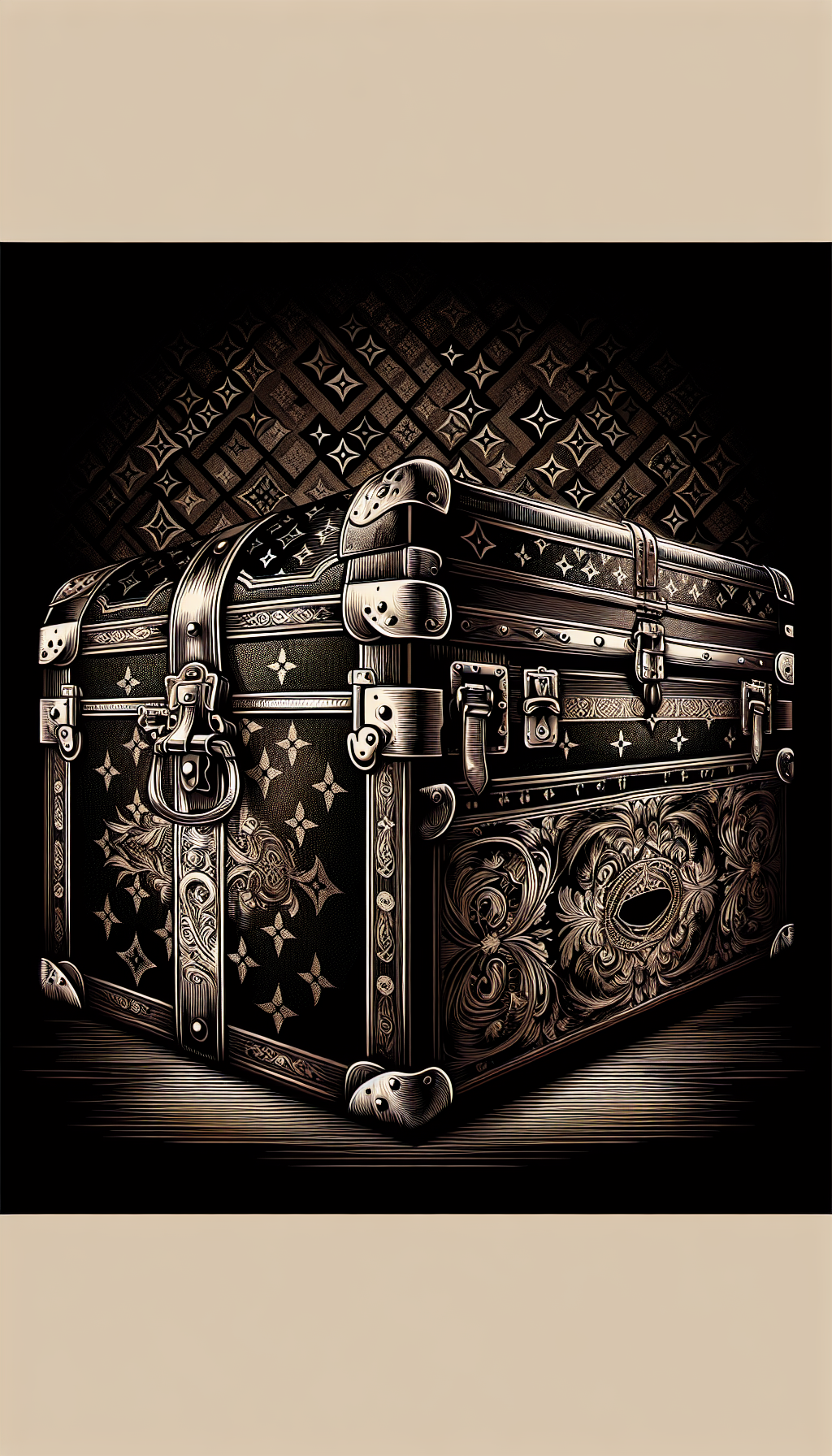A Limited Edition Hand Signed Print Norman Laliberte
Norman Laliberte (often written Laliberté) built a distinctive visual language of vivid color, symbolic figures, and playful, spiritual motifs. For collectors and appraisers, his limited edition hand-signed prints offer accessible entry points into mid-century North American graphic art. This guide explains how to identify, evaluate, and care for an authentic Laliberte print, with practical steps you can apply before seeking a formal appraisal.
Who was Norman Laliberte? Themes and Appeal to Collectors
Laliberte emerged in the 1960s with large-scale banner and flag installations and went on to produce paintings, collages, tapestries, and a significant body of prints. His imagery is immediately recognizable: hearts, birds, musicians, acrobats, saints, lovers, and stylized trees rendered in bold blocks of color with whimsical geometry. He drew on folk and sacred iconography but translated it through a modern graphic sensibility. The result is joyful, emblematic work that translates particularly well to screenprint and lithograph.
Why this matters for appraisal:
- The “graphic clarity” of Laliberte’s compositions means techniques like serigraphy (silkscreen) were a natural fit; these are among the more sought-after prints.
- Subjects with strong collector demand tend to recur: Lovers, Angels, Musicians, and Tree of Life variants regularly attract interest.
- Decorative impact—large scale, saturated color—often correlates with stronger retail appeal, even within a single edition.
What “Limited Edition, Hand Signed” Really Means
The two phrases collectors care about most are “limited edition” and “hand signed,” but they are often misunderstood.
Limited edition: A finite number of impressions pulled from the matrix (screen, stone, plate), usually noted as a fraction (e.g., 57/200). After the edition is complete, the matrix is retired. Lower-numbered editions do not inherently mean earlier or better impressions; for modern prints, quality is intended to be consistent across the run.
Hand signed: The artist physically signed in pencil or ink on the sheet, typically in the lower right margin. With Laliberte, pencil is common. The edition number usually appears in the lower left. A title may appear at center or on the verso.
Plate-signed vs hand-signed: Plate-signed (or “signed in the plate”) means the signature is part of the printed image. For appraisal, true hand signatures command higher value.
Proofs and variants:
- AP/E.A. (Artist’s Proof/Epreuve d’Artiste): Typically a small subset outside the numbered edition.
- HC (Hors Commerce): Not for commercial sale; sometimes used for exhibitions or collaborators.
- TP (Trial Proof): Test impressions; may differ slightly in color or registration. These can carry premiums, but only if demand exists and the piece is clearly documented.
COAs: Certificates of Authenticity can support the story of a print but are not a substitute for the physical evidence of a hand signature, proper editioning, and correct technique.
Identifying Authentic Laliberte Prints: Signatures, Paper, and Technique
Begin with what you can verify without removing the print from its frame; then, if safe, examine the sheet unframed.
Signature and inscriptions
Pencil signature: Look for “Norman Laliberte” or “Laliberte” in the lower right margin in graphite. Under a 10x loupe, a real pencil signature shows:
- Tiny graphite sheen and grain, not ink gloss.
- Pressure variations and micro-breaks where the pencil lifts.
- Overlap on paper fibers rather than a flat printed texture.
Edition number: Typically lower left (e.g., 73/200). Ensure the numbers are in pencil and consistent with the signature style. Inconsistency in pencil tone or handwriting can be a red flag.
Title and date: Often present but not guaranteed. If present, expect pencil in the margin or ink/pencil on the verso.
Technique
Laliberte worked across print methods; the two you are most likely to see are:
Serigraph (silkscreen): Strong, even color fields laid down in discrete layers.
- Identification cues:
- Solid color areas with no rosette dot pattern under magnification.
- Slight “body” of ink you can feel gently with a clean fingertip (do not rub).
- Crisp edges where colors meet; slight overlap or keyline can be present.
- Condition vulnerabilities: Scuffing to thick ink layers; stacking lines; color loss from light exposure.
- Identification cues:
Lithograph: May be hand-drawn or photo-based.
- Identification cues:
- No regular rosette; grainy or soft-edged tonal areas possible.
- Even surface with little relief.
- Edges of shapes can appear more fluid than in serigraphy.
- Identification cues:
Beware offset posters and later reproductions
- Offset lithography (posters): Under magnification, you’ll see a regular CMYK rosette dot pattern. Even if a poster bears a printed signature, it is not equivalent to a hand-signed original print.
- Giclée/inkjet reproductions: Look for sprayed dots and a different surface sheen. Some later giclées are hand signed, but they are reproductions; edition size and publisher matter to value.
Paper, watermark, and publisher marks
- Paper: High-quality rag papers are common in 20th-century fine prints (e.g., Arches, Rives), often with a deckle edge. Not every edition will display a watermark; absence is not decisive.
- Blind stamps/chops: Some editions carry a printer or publisher blind stamp in the margin. Note any chop and document it in photos; it assists with dating and authentication.
- Sheet vs image size: Measure both. Appraisers want the sheet size (to the edges) and the image or platemark size. Note orientation (portrait/landscape).
Provenance
- Invoices from galleries, exhibition labels, and correspondence with publishers or printers help establish a credible ownership chain. Keep all paperwork with the artwork.
Condition, Conservation, and Value Drivers
Value is heavily condition-dependent. Before you unframe, look for:
- Fading: Compare protected areas beneath the mat or under the rebate with exposed areas. Laliberte’s bright colors can be light-sensitive.
- Mat burn and acid migration: Brown lines along the mat window indicate acidic materials; these reduce value and merit conservation.
- Stains: Foxing (rusty spots), moisture tidelines, and adhesive residue are serious issues.
- Creases and handling dents: Visible in raking light.
- Surface abrasion: Particularly on serigraphs with heavy ink load.
- Tears and losses: Even small edge tears affect value; note whether they intrude on the image.
Conservation actions
- Re-mat and reframe with acid-free, museum-grade materials and UV-filter glazing.
- Use Japanese tissue hinges and wheat starch paste; avoid pressure-sensitive tapes.
- If significant staining or mat burn exists, consult a trained paper conservator before attempting any treatment.
Value drivers specific to Laliberte
- Subject: Iconic motifs (Lovers, Angels, Musicians, Tree of Life) tend to outperform lesser-known subjects.
- Scale: Larger sheets and image areas command stronger prices.
- Technique: Fine serigraphs with rich color often sit at the top of the print market; lithographs vary with quality and edition.
- Coloration: Vibrant, unfaded examples sell best.
- Edition size and rarity: Editions under ~250 are common in modern printmaking; ultra-small editions or uncommon proofs can add appeal, but demand matters more than rarity alone.
- Period: Works associated with the artist’s peak period of design activity generally attract more interest, especially if tied to notable exhibitions or publications.
Pricing and Market Trends: What Collectors Pay
While exact prices fluctuate with venue, geography, and timing, you can orient your expectations by tier:
- Hand-signed serigraphs and lithographs (typical sizes): Often in the low hundreds to low four figures, with standout subjects and larger formats edging higher.
- Artist’s proofs and desirable variants: Modest premium over standard edition when subject and condition align with collector demand.
- Posters and open editions (even if signed later): Generally below limited editions; value is primarily decorative unless the poster itself is historically notable.
- Condition discounts: Moderate foxing, mat burn, or fading can halve the price relative to a clean example; severe condition issues may push a piece into restoration pricing.
Seek comparable sales (“comps”) that match medium, subject, size, edition type, and condition as closely as possible. Record asking and realized prices across several venues to smooth out outliers.
Appraisal, Documentation, and Selling Strategy
Preparing for an appraisal
- Photographs: Capture the full front and back, close-ups of signature, edition number, blind stamps, corners, and any condition issues. Use even light.
- Measurements: Record sheet and image size in centimeters and inches, to the nearest millimeter/1/16 inch.
- Inscriptions: Transcribe precisely, including dates and any verso notations.
- Provenance: Gather invoices, gallery labels, correspondence, and any COA.
- Framing notes: Identify glazing type and mat materials if known.
Choosing how to sell
- Specialist print dealers: Offer curated exposure and informed pricing; fees are higher, but the audience is targeted.
- Auction (regional or online): Efficient for market testing; factor in seller’s commission and photography fees. Reserve levels should reflect conservative comps.
- Private sale: Maximizes net proceeds if you already have an interested collector; documentation and clarity on condition are critical.
Negotiation tips
- Lead with crisp documentation and recent comps.
- Be transparent about condition; restoration surprises erode trust and price.
- If you’ve undertaken conservation, keep the conservator’s report and before/after images; buyers respond to professional care.
Practical Checklist: Evaluating a Norman Laliberte Hand-Signed Print
- Confirm medium: Serigraph or lithograph indicators present; rule out offset poster/giclée via loupe.
- Verify signature: Pencil, pressure variation visible, consistent with editioning.
- Check edition: Legible fraction (e.g., 45/200) in pencil; note proofs (AP, EA, HC, TP) if applicable.
- Measure accurately: Sheet and image size recorded; orientation noted.
- Inspect condition: Look for fading, mat burn, foxing, creases, scuffs, tears.
- Document marks: Watermarks, blind stamps, printer/publisher chops, verso labels.
- Compile provenance: Invoices, labels, correspondence, COAs.
- Photograph thoroughly: Whole sheet (unframed if safe), margins, details, condition.
- Research comps: Match medium, subject, size, edition, and condition; note dates and venues.
- Plan care: Acid-free mounting, UV glazing, stable environment away from direct sunlight.
FAQ
Q: How can I tell if my Laliberte signature is hand-applied and not printed? A: Use a 10x loupe. A hand-applied pencil signature shows graphite sheen, pressure variations, and slight indentations at line starts and stops. A printed signature is flat, with uniform tone and no graphite sparkle. Compare the signature to the edition numbers; mismatched hand styles can be a warning sign.
Q: Do lower edition numbers (e.g., 2/200) make a print more valuable than higher numbers? A: Not typically for modern prints. Quality is intended to be consistent across the run. Market value is more influenced by condition, subject, technique, and demand than by the specific number within the edition.
Q: Which is more valuable for Laliberte: serigraphs or lithographs? A: It depends on the specific work, but serigraphs often carry strong appeal due to their saturated color and graphic clarity, which suit Laliberte’s style. High-quality lithographs can be equally desirable when the subject and condition are strong.
Q: My print is signed but has no fraction—what does that mean? A: It could be an artist’s proof (AP/E.A.), a hors commerce (HC) example, or an open-edition/reproduction signed later. Look for proof notations and publisher documentation. If neither is present, consult a specialist; context and technique will inform value.
Q: Should I reframe before selling? A: If the current framing is clearly acidic, damaged, or dated, professional, archival reframing can protect the work and support a better price. Keep any original labels and backing materials; photograph them before any changes.
By focusing on technique, true hand signatures, careful condition assessment, and subject demand, you can confidently position a limited edition hand-signed Norman Laliberte print for appraisal or sale. When in doubt, consolidate your documentation and consult a print specialist or paper conservator to optimize both attribution and value.



